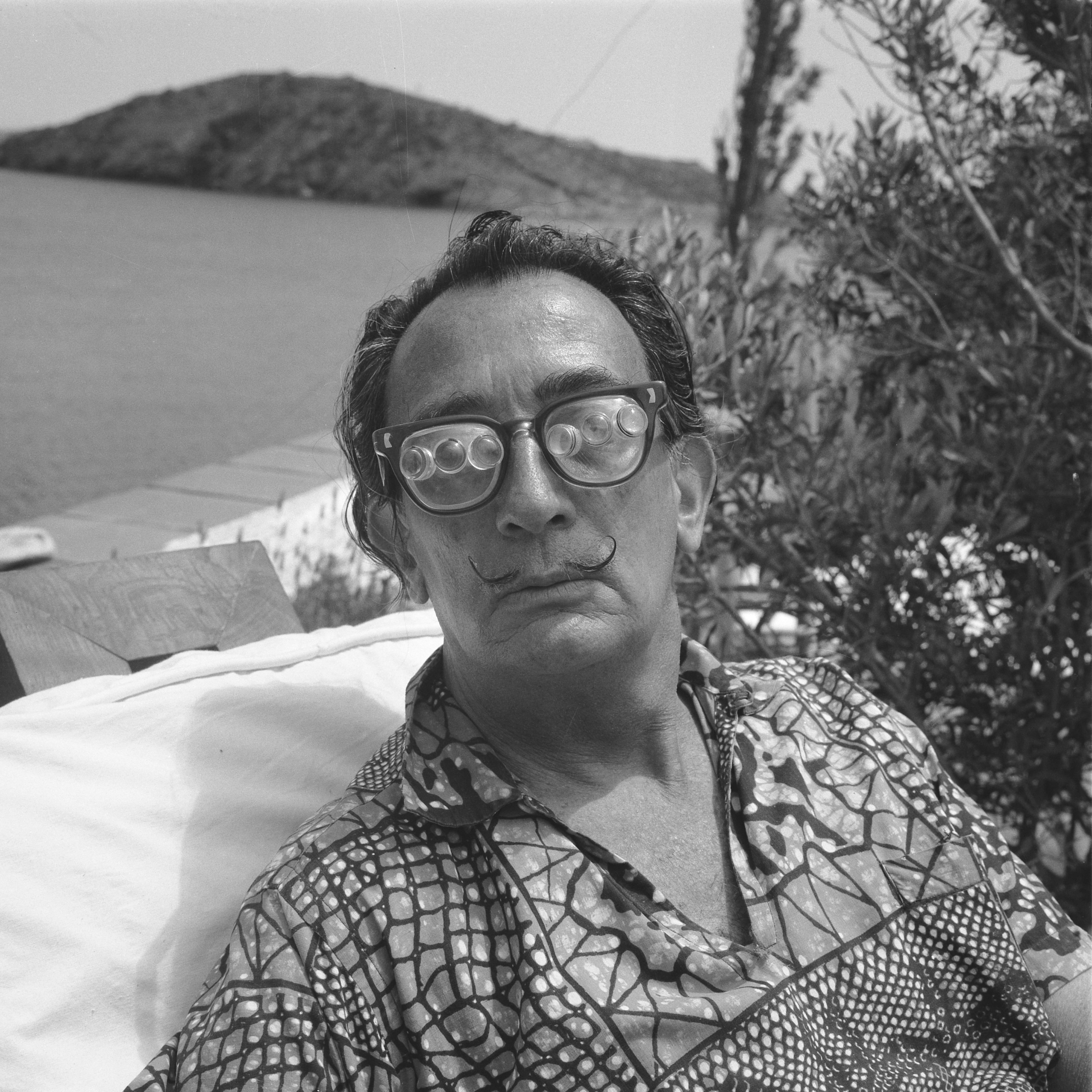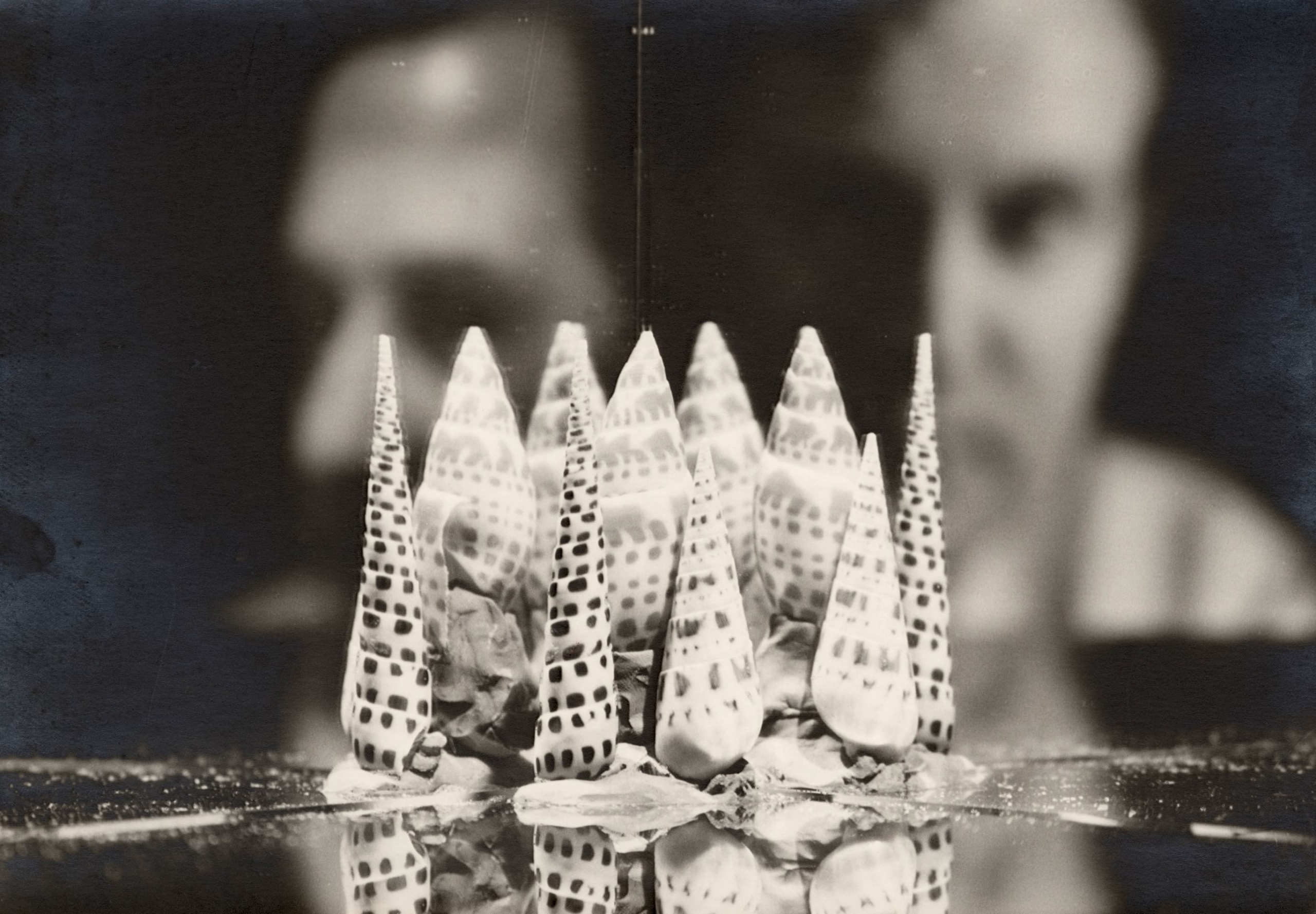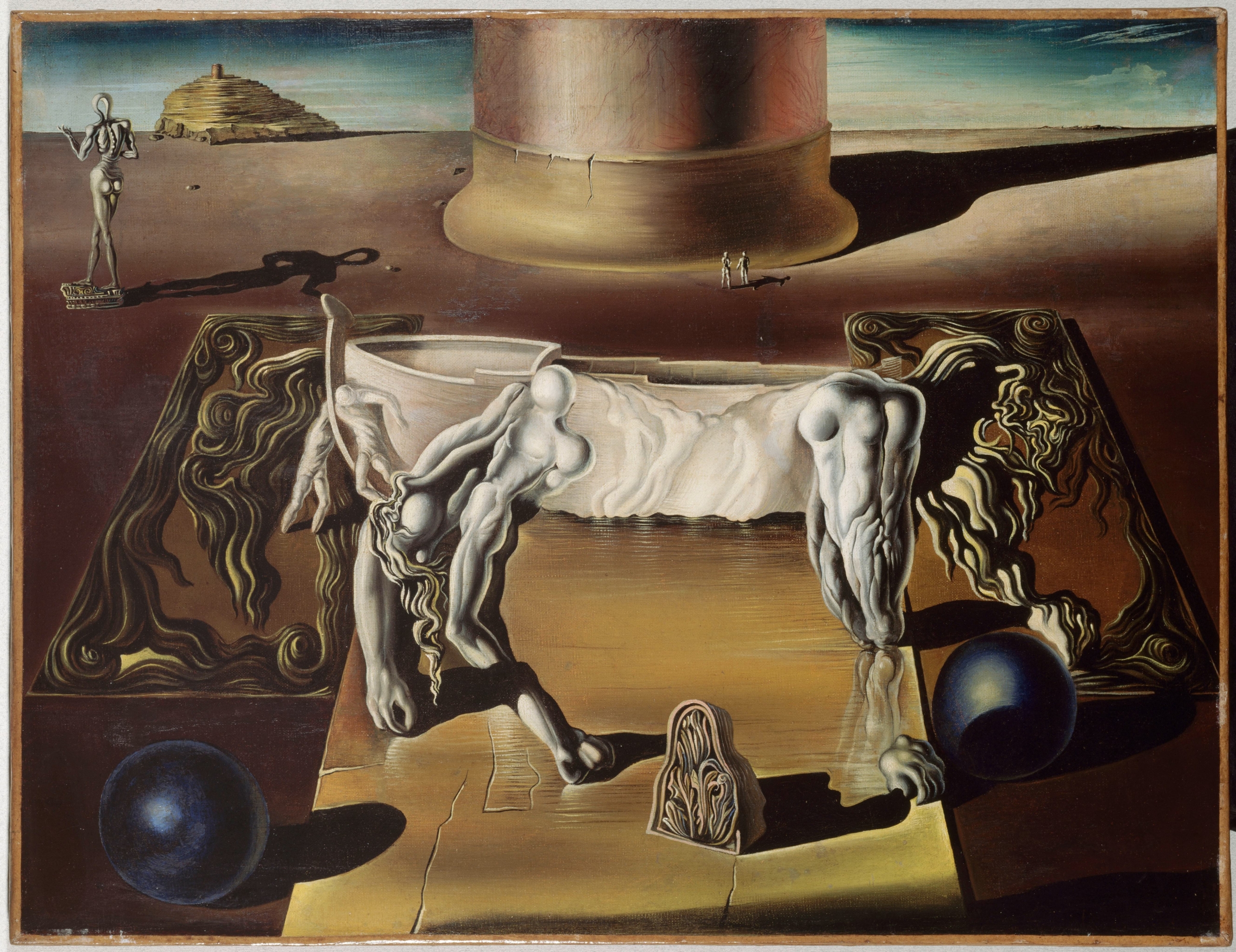By Ellen Turner Hall
The man behind the moustache is revealed in the summer exhibition at the Musée d’art moderne de Céret. Most people recognise Dali’s iconic surreal images including melting clocks, levitating elephants and lobster telephones, but did you know that behind his gaudy showman’s façade Dali was a serious student of science?

The Céret show documents the Catalan artist’s fascination with astronomy, psychoanalysis, natural sciences, entomology (all those ants!) and the theory of relativity. However, it is optics and the human eye (slashed by a razor in “Un Chien Andalou”, a scene designed by Dali) which were central to many of his works.
Among the many works on display are examples of his supreme draughtsmanship, including a pencil study of a female nude, her loveliness suggested with a minimum of sinuous lines. Witness to Dali’s virtuosity are two works hung side by side: the straight lines and sharp angles of Christ of Saint Jean on the cross, seen from above and an oil painting of Saint Jerome, the old sage in all his dignity conveyed by an explosion of black, grey and white squiggles.
You will need to spend a few minutes in front of “A portrait of Franco” to take in all the hidden images. A close look at the dictator’s head reveals a man in a fur hat embracing a veiled woman and in the curtains at least one figure decorated with flowers.
One begins to believe that Dali could create any illusion, play hide and seek with the viewer and through distortion and exaggeration make us “see” the world anew. The crowning achievement of the trickster’s art is a view of the naked Gala’s back which as you move further away, becomes a portrait of Abraham Lincoln.
The question remains, was Dali a child at play, a scientist at work, an artistic genius, or a circus clown? All of the above? Or none? Visit the exhibit and decide for yourself.






